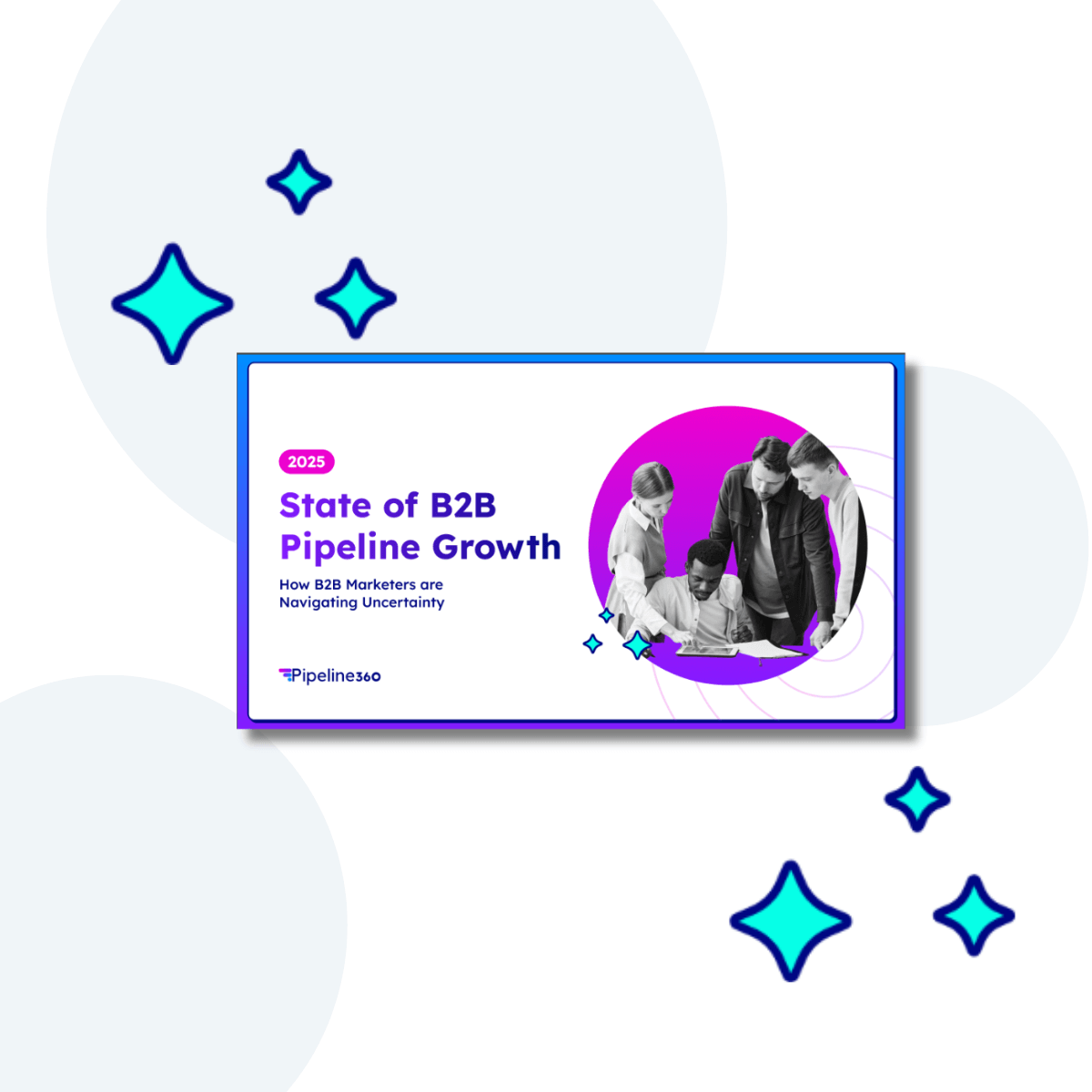We recently conducted a survey on the State of B2B Pipeline Growth in collaboration with our friends at Demand Metric and one of our most surprising findings was that only 23% of B2B marketers report using content syndication.
That’s less than a quarter! Fewer than one in four!
This means that 77% of B2B marketers are missing out on a tried-and-true channel that can maximize their content reach. In fact, 61% of B2B marketers who use content syndication were able to reach their goals as compared to 45% for those who do not use content syndication.
And to make matters worse, we then found out that 37% of respondents have not considered using content syndication for lead generation, 38% don’t know what content syndication is, and 35% don’t understand how it works.
And yet, marketing teams typically spend about 25% or more of their budget creating content. With budgets and headcounts shrinking amidst continuing economic headwinds, marketers can’t afford to limit the exposure of costly assets by placing them on one or two platforms. It won’t make money and it doesn’t make sense.
After all, our jobs are to be seen; to be heard; to be engaged with. So, what gives?
Content syndication clearly has a marketing image problem. And we’re here to clarify the confusion.
Content syndication: What is it and how does it work?
Content syndication ensures the right people see your content, even if they’ve never heard of you, by republishing assets beyond your company’s website, blog, LinkedIn, or social media accounts.
It’s finding potential customers where they are, rather than hoping they find you, and by utilising the right insights, it’s giving them exactly what they need to continue their buyers’ journey.
Content syndication boosts brand awareness, drives more traffic to your site, and generates more leads. In fact, our survey found that of those using content syndication, 43% did so to reach different or a new set of prospects, and 23% to replace less effective lead generation channels.
It’s predictable pipeline—matching your Ideal Customer Profile (ICP) at target accounts, at a pre-set cost—during uncertain times.
Most buying groups start their research via search and portals, so spreading content around increases the likelihood it will be seen. Having it featured on well-respected sites not only increases the company profile, but it also elevates its credibility.
Why content syndication works
According to research by LinkedIn and the Ehrenberg-Bass Institute for Marketing Science, at any given moment only 5% of B2B buyers are in-market, so connections need to be made well before they’re ready to become customers.
Capturing their attention by serving solutions as they seek them is key to advancing the buyers’ journey and helps begin the nurture process. And when partnered with digital display, demand generation increases as does ROI. Instana generated over $6m in qualified sales pipeline using this approach.
Why it doesn’t
Some marketers have written content syndication off, suggesting the leads it delivers don’t convert, but that’s because it isn’t being used correctly, and those leads are being rushed.
Content syndication is just one stop on a 20+ stage journey involving, sometimes, dozens of buyers. The leads need to be nurtured to become MQL’s (Marketing Qualified Leads) ready to be handed over to sales. Early buying signals shouldn’t prompt sales calls.
Lead quality is often cited as the reason for not using content syndication, and that came up in the study as well, but the majority of survey participants using it—78%—are not ignoring that, they’re measuring it. Eighteen percent enjoy inquiry-to-conversion rates between 26% and 50%.
While half of those surveyed said they were satisfied with their lead-generation process, that jumped 9% when content syndication was in the mix.
Conclusion: Marketers can’t afford to ignore what’s working
With marketers facing the triple whammy challenges of budget constraints, economic headwinds and escalating targets, now is the perfect time to learn about, and utilize the easy wins content syndication delivers.
Awareness might be the first stage of the buying journey, but it’s one marketers must continually revisit to understand what is and isn’t working for them, and their competitors. Sometimes the best option has been there all along.
It’s clear from the survey that those using content syndication have no doubts: they’re increasing or maintaining their spend at a time when budgets are only shrinking. And those not using it, are giving it serious consideration—70% in the next six months. Getting leads, the main reason.





